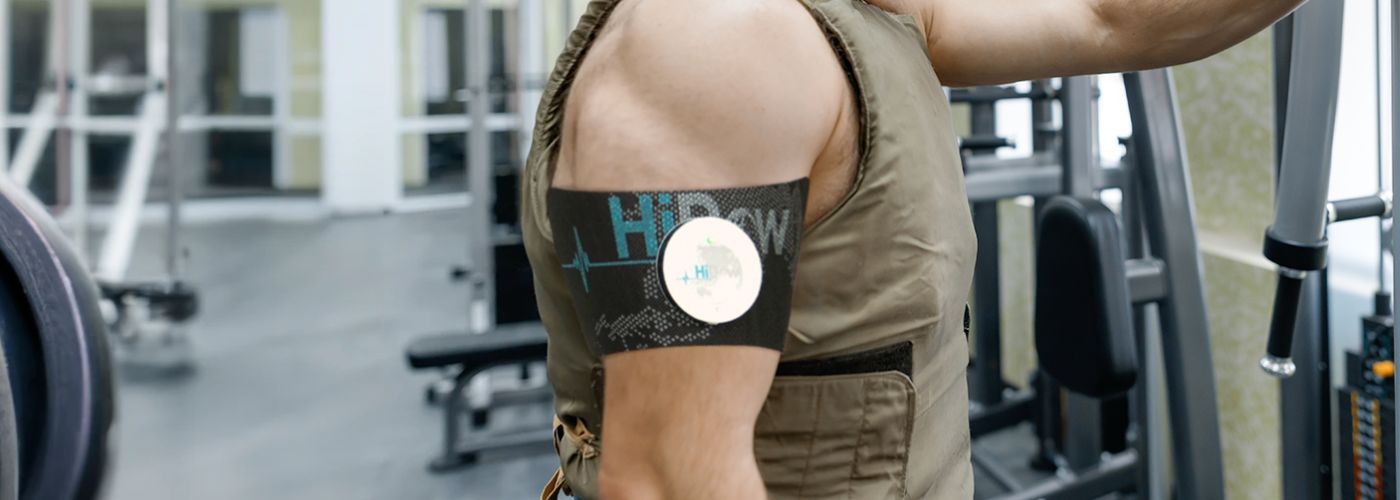When it comes to exercise, there are many different methods and goals that people strive to achieve. But what is the best way to go about it? High-rep vs low-rep exercises can be an effective way to reach your fitness goals, depending on what you’re trying to accomplish. In this blog, we’ll look at the science behind both high-rep and low-rep exercises.
What Are High & Low Rep Exercises?

High-rep and low-rep exercises are both important components of any workout routine. High reps involve performing a particular exercise with a greater number of repetitions, typically in the range of 10 to 20 or more. Low reps involve fewer repetitions but with heavier weight or resistance. Both types of exercises have benefits for strength training, bodybuilding, and overall fitness goals.
When doing high-rep exercises, the focus is on building muscle endurance and improving muscular definition. This type of workout requires lighter weights at higher numbers of repetitions with shorter rest periods in between sets. It can be beneficial for toning muscles as well as increasing cardiovascular health due to prolonged strain on the cardiovascular system over time.
Low-rep exercises are geared towards building strength and power by lifting heavier weights at fewer repetitions with longer rest times in between sets.
Do High Rep Exercises Build Muscle?

High-rep exercises are an effective way to build muscle mass, increase muscular strength and endurance, and burn calories. However, the effectiveness of high-rep exercises in building muscle can be dependent on a range of factors.
High reps refer to a type of exercise where you complete multiple sets with around 10-20 repetitions per set. This type of training is often used for endurance purposes as it is designed to fatigue the muscles after several sets with lighter weights.
In terms of building muscle, research has suggested that high reps can be beneficial when combined with heavier weight lifting exercises as it helps to promote hypertrophy – the process by which muscles grow in size and strength over time.
Do Low Rep Exercises Build Strength?

Do low-rep exercises build strength? The answer is yes! This type of exercise has been used for centuries to help people gain muscle. Low reps involve the use of heavier weights and fewer repetitions, which focus on strength rather than endurance.
Low-rep exercises are great for building muscle and increasing strength because they target the fast-twitch muscle fibers that are responsible for powerful movements such as jumping, sprinting, and lifting heavy objects.
These muscles require a greater level of intensity in order to be activated and recruited efficiently. Therefore, using heavier weights with fewer reps can result in an increase in muscular size, power, and overall strength.
In addition to gaining physical benefits from low-rep exercises, this type of training can also help improve mental toughness by forcing your body to work harder than it would with higher reps.
It is worth mentioning that heavier weights require larger rest time and recovery compared to higher-rep exercises. One thing that may best recover is the use of TENS devices.
These devices work with your body to increase recovery and decrease pain, potentially.
How To Incorporate High & Low Rep Exercises
Incorporating a variety of rep ranges into your workout routine can help you achieve your fitness goals faster. High-rep exercises involve doing 8-12 reps per set, while low-rep exercises will require you to do 2-6 reps per set. Both types of exercise have their own benefits, and combining them can provide an effective workout plan for any goal.
When performing high-rep exercises, the focus should be on lighter weights with higher volume. This type of exercise is great for developing muscular endurance and stimulating muscle growth. Low-rep exercises are more challenging as they require you to lift heavier weights with fewer repetitions; this type of training is important for strength gains and building lean muscle mass.
To get the most out of each exercise session, it’s important to incorporate both high and low-rep ranges into your weekly workout regimen.
It is always encouraged to wear a weight lifting belt to prevent any injuries from happening when lifting heavy weights.

Related Stories
Train Your Relaxation Reflex
How often do you find yourself struggling to switch off after a long day? With...
Aug
Back To School Fitness: Balancing Academics & Athletics
Most student athletes don’t have a motivation problem. They show up. They train hard. They...
Aug
How to Cope with a Sports Injury
Staying active helps your body stay strong. But sometimes, activity leads to pain, strain, or...
Jul
Red, White, and Soothe: How HiDow Helps You Recover in the Heat
Recovery that works in winter doesn’t always hold up in the heat. The body reacts...
Jul
Massage Gun Showdown: How the Power Duo Compares to Traditional Methods
Have you ever considered that a handheld device could revolutionize your muscle recovery? With the...
Jun
Fatherly Fitness Tips For Men’s Health Month
Men’s Health Month is more than a date on the calendar—it’s a call to action....
Jun